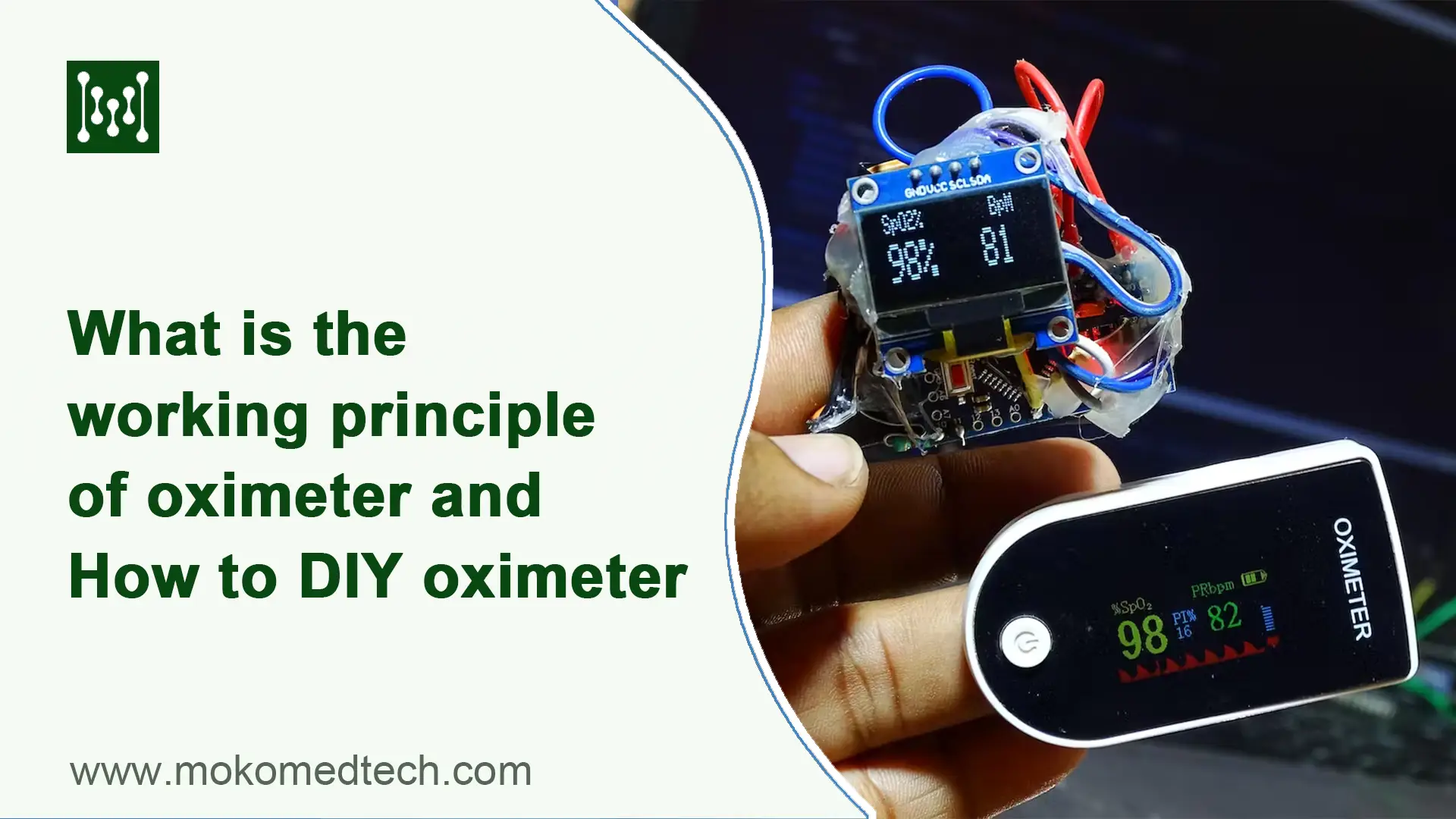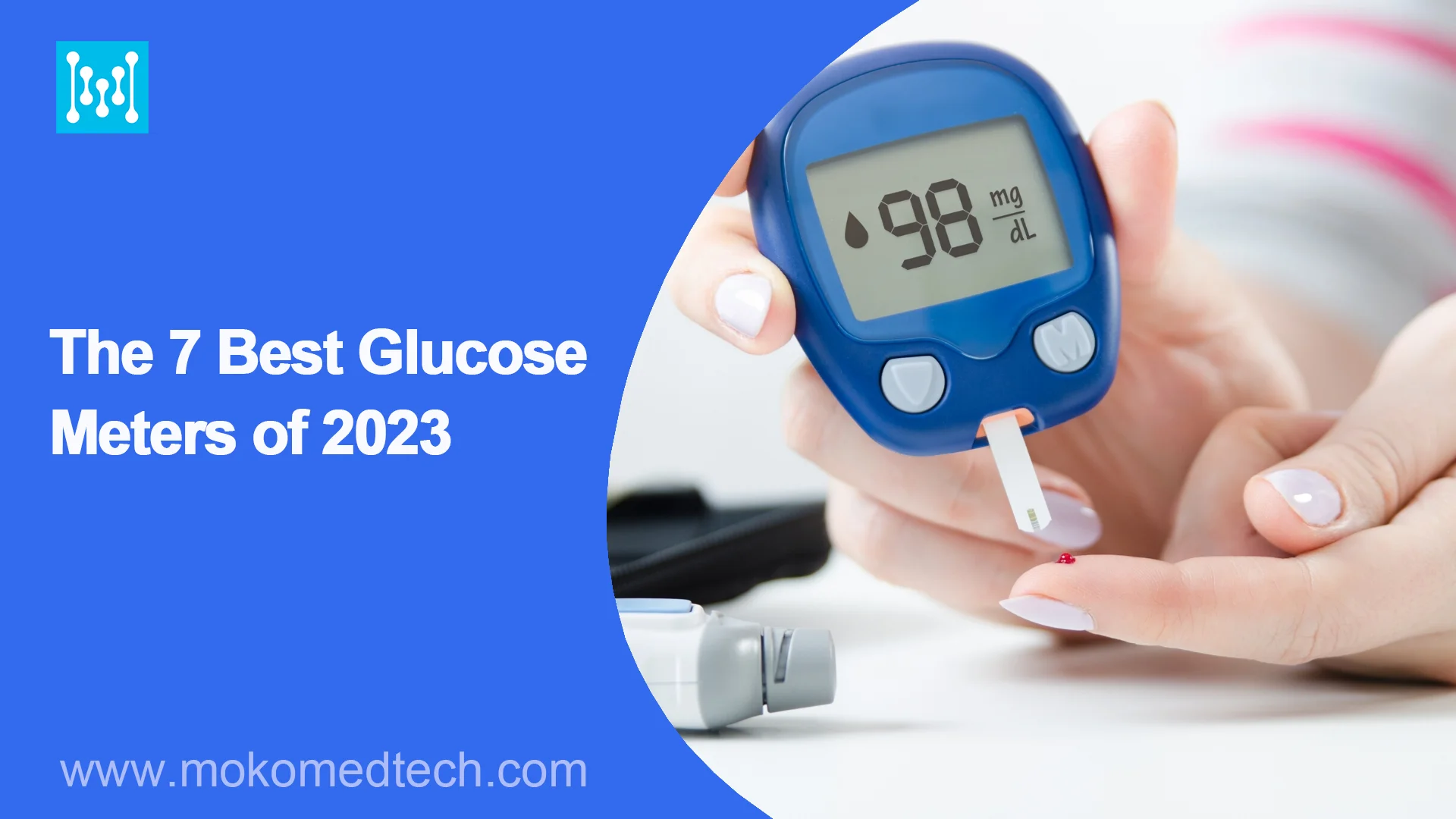Intro
Whenever any health problem appears in society, it might become a hot issue and raise high attention. Medtech, as a one of health defenders, has always been helpful in saving people from disease. Today we are going to discuss a critical issue- food safety in the field of medtech. And medical devices used for food cleaner, food inspection and food traceability will also be introduced in the text.
Catch up with Califf

“Chemicals may be used in food, during food production and in packaging for a useful purpose, such as to preserve quality, add nutritional value, improve texture or appearance, extend shelf life and protect food from pathogens that can contaminate food and make people sick.” Said by Robert M. Califf, M.D., Commissioner of Food and Drugs. “Part of our job is to oversee industry’s obligation to make sure that intentional use of chemicals in food or for food contact purposes is safe.”
Catching up with Califf, the food safety issue is not as simple as it used to be, which poisonous mushrooms were accidentally eaten by peasants. It is so subtle, professional and globalized that traditional food safeguard is not competent to handle.
Food Safety Technology
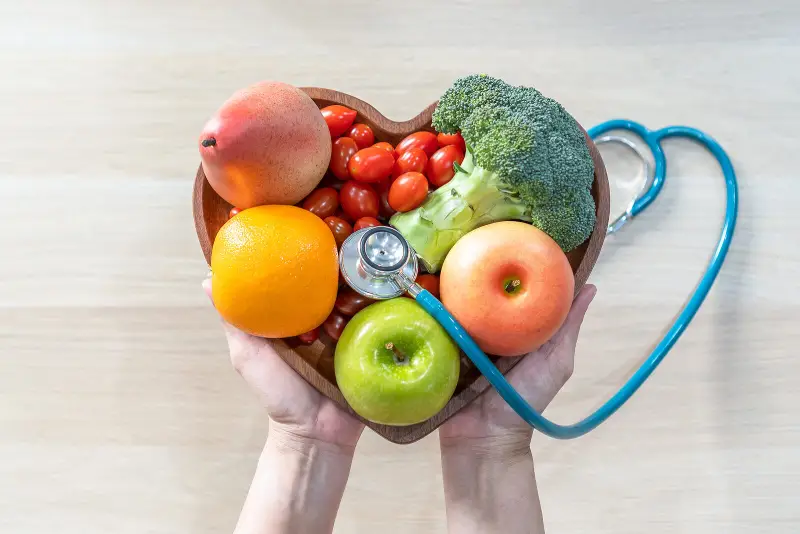
From food cleaning for removing contamination, food testing for making sure cleaning effect, to even food tracing in case of any accident, technology offers outstanding solutions to take care of food safety all the lines. A number of innovative food safety devices have properly launched, featuring different functions and advantages.
Food Cleaner
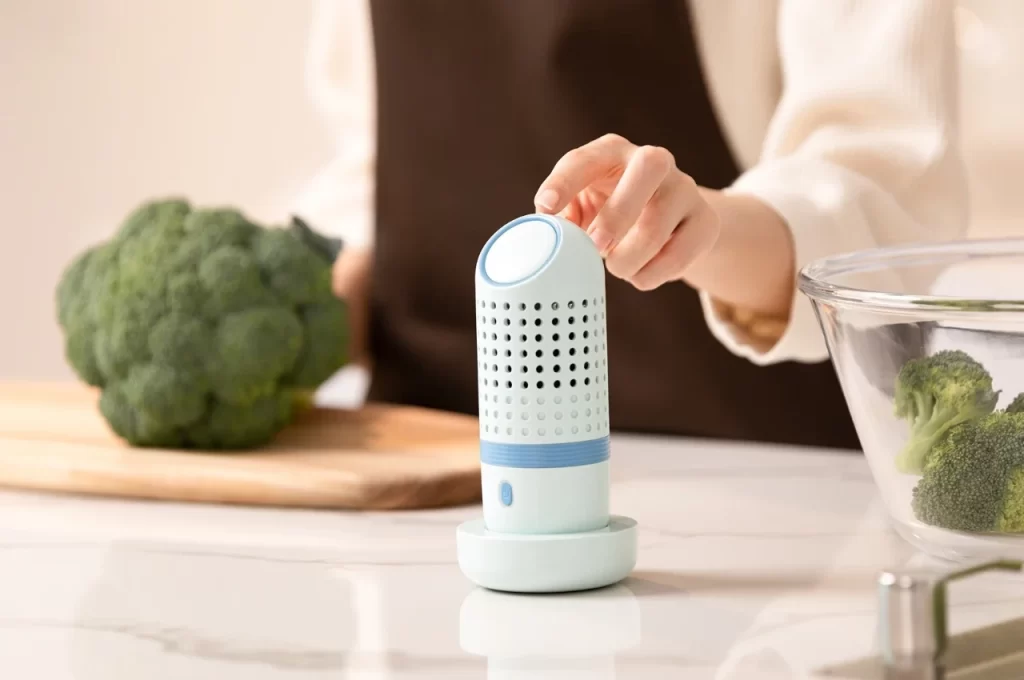
Compared with washing food by hand or using food cleaning agents, an ultrasonic food cleaner shows more benefits with its hydroxy water Ion purification technology.
Hydroxy water Ion purification technology, which just requires water as raw material, can realize surprising purification in a convenient way. It will firstly decompose water, which is H2O, into OH- and H+ under the action of electrolytic materials. Then, OH- will destroy molecule of chemical contamination, which is attached on the surface of food, and inhibit bacteria. Moreover, Cl and OH- will combine to form HCIO, a weak acid applied to wash fruit, vegetables, cloth and tableware.
After the above ionic activities and molecular transformation in water, dirt hidden in fold of vegetables, bacteria breeding in moist surroundings and chemical contamination applied during farm planting are purified all in one. This greatly enhances food safety from all perspectives, bringing health to your family. Absolutely, it is labor-saving for household duties and more environmental-friendly than cleaning agents that may be hazardous to soil.
Ozone Machine
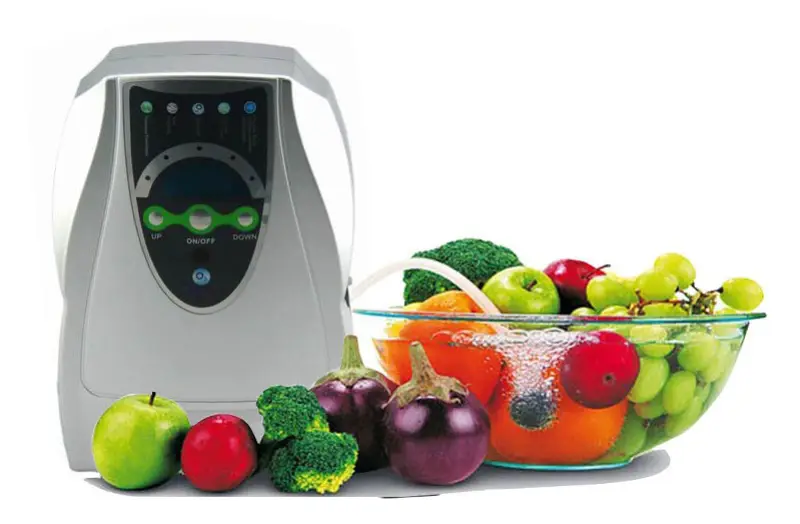
After going through the Covid period and the MPXV period, more consumers tend to look for a stronger way to sterilize food. However, popular virus removal methods, such as alcohol sterilization and bleaching, are obviously inapplicable in the food safety industry, leading to secondary pollution to the food. So how to kill virus thoroughly in a mild way is the key point.
Ozone purification technology exactly excels at solving this problem. Ozone machine, the carrier of professional technology, showcases wonderful cleaning effect in food safety field.
Ozone is a type of water-soluble gas with strong oxidizing property. Ozone machine generates ozone by ionization. The ozone is then delivered into the water. It not only oxidizes chemical contamination, like agrochemicals, on the fruit and vegetables sanitises, but also breakdowns virus and bacteria, such as African Swine fever virus and Covid-19. On the other hand, oxidization does not produce any harmful chemicals.
In this way, ozone purification technology provides a safer way than chemical detergent. Besides, there is no pollution, so it contribute to protecting the environment and promoting sustainable health development.
UV Light Sterilizer
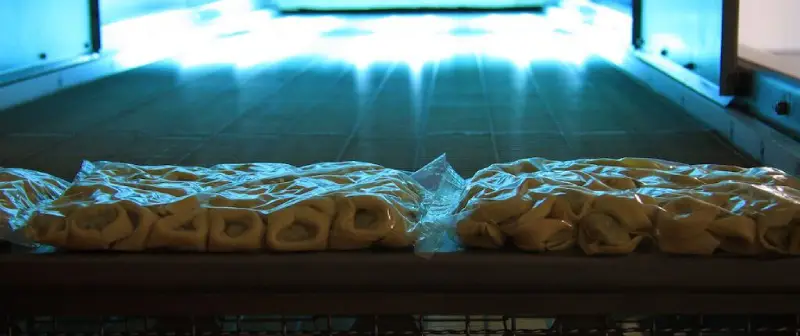
Similar to ozone purification, UVC sterilizing technology can kill germs and virus in a mild way.
What should be reminded is that UV light containing in sunlight is too weak to kill some formidable virus, yet UVC, which is comprised of UV light in sunlight spectrum, can do it.
UV light sterilizer is equipped with UVC light which is good at overwhelmingly breaking molecular link and bond, causing DNA crosslinking and even generating photochemical product. Once DNA or RNA is damaged, bacteria and virus are no longer alive.
If some food is not suitable to soak in zone water, or you want to keep food dry, UV light sterilizer should be highly recommended.
Food Testing Devices
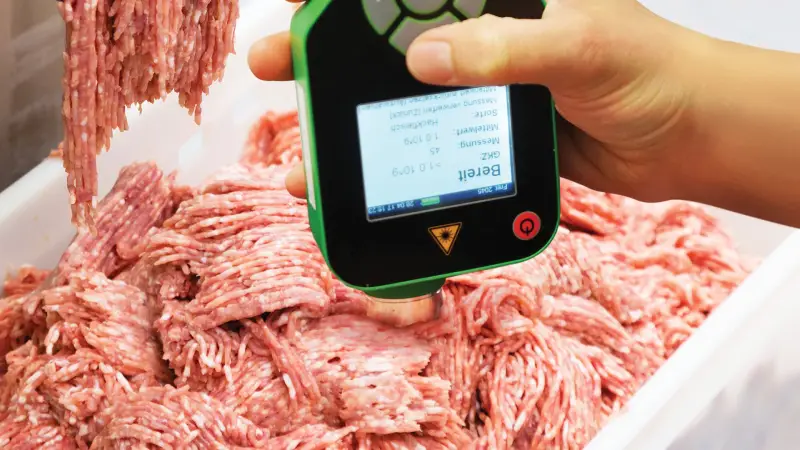
Food testing for making sure the cleaning effect is also vital in food safety management.
In tradition, food testing is a time-consuming and cost-consuming program, including contacting the testing laboratory, sending food samples, waiting for laboratory report and paying the bill.
Such processes could be simplified by a food additive detector based on Dry Chemistry, which refers to the use of strips card impregnated with dry reagents where the specimen is added. By providing various dry reagents, different chemical contamination on food can be detected. Besides, storage system, USB socket, small data printer are installed in this detector so as to review and output the testing if required.
Even though it is multi-functional in testing various chemical contamination, it is so compact and portable. It definitely has its own irreplaceability in food testing market.
Food Traceability Devices
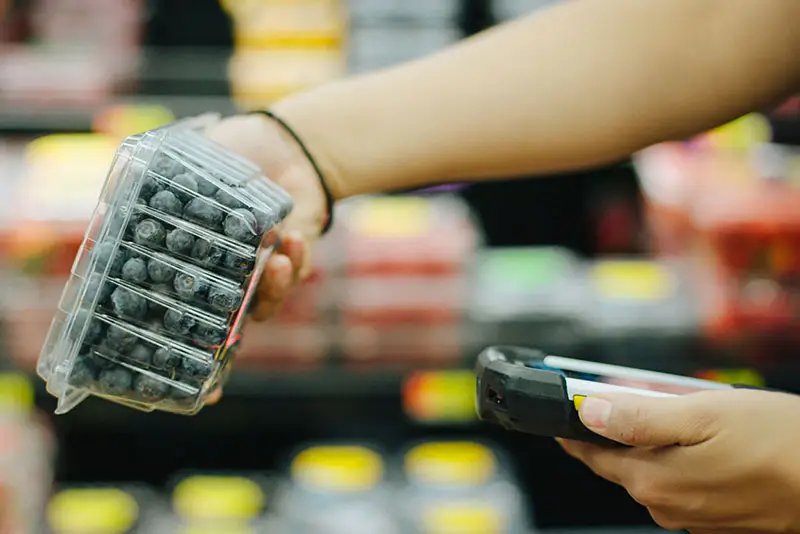
Globalization complicates the supply chain of food. Taking an example for easy understanding. Cacao beans contained in chocolate for snacks, coffee beans dissolved as your leisure drink during workday, and wheat made into bread for dinner may be transported from Africa or somewhere far away from you and lack of food sanitation guarantee. If any food-bore illness happens, food tracing will be more difficult than before, unless it is armed with food safety technology.
Prior to tracing fresh food information on real-time update database, we need to prepare hardware for sensing real-time state of each fresh food.
People are used to reading and copying information of food with their eyes and hands. However, scanners, barcode readers and labels become a pair of popular tools because they can quickly input fresh food information. With CIS or CCD technology, the barcode reader can read a large amount of basic information from the code on the label in just a few seconds. In this way, the efficiency of data reading and inputting are greatly improved. And, more availability of food information in storage will further simplify food safety surveys and make contamination tracing clearer.
Yet, some processes of supply chain are not directly looked after under manual control. Thus, GPS tracker is very useful for these situations. For instance, if you put a tracker in a sea container or one of the cases, the real-time location of goods will be accessible on your phone. Any place, including somewhere with potential risk of food contamination, can be accurately recorded and visually presented in the e-map on your phone.
In addition to sensing the above basic information, professional food safety status is available with the help of temperature and humidity sensor as well as odor sensor.
Temperature and humidity are two of vital factors concerning food safety. High temperature and humidity is a hotbed of growth and reproduction of harmful microorganism. The sensor is capable of offering real-time temperature and humidity and uploading them to your phone via bluetooth or wifi. You can place it in a warehouse or retailer store. If any abnormal indicator, the sensor will send a reminder to your phone. Still, daily data can be kept as data history for further review.
Odor detector is also called electronic nose, which is one of the simplest tools to detect the smell of food. Equipped with semiconductor probe, it can touch the food directly and pump in the smelling and gas by internal sample collector for concentration analysis. And then food odor status will be transformed to a valve shown on the screen.
Ethyl alcohol, methyl mercaptan, xylene is the commonest detecting smelling. Food containing protein will generate methyl mercaptan if it is decomposed by microorganism. Besides, food with high sugar degree, like fruit, will produce ethyl alcohol which smells sour if there is any biological contamination. Xylene is a type of cancerogen, which is definitely harmful to human health. It usually occurs on unqualified barbecue paper or bakery paper after high-temperature cooking. An odor detector can identify the above contamination in just a few minutes and make sure the food is safe in a convenient way. If there is customer complaints or any outbreak of food-bore illness, using odor detector to trace contamination source on site is very convenient.
Future of Smarter Food Safety Technology
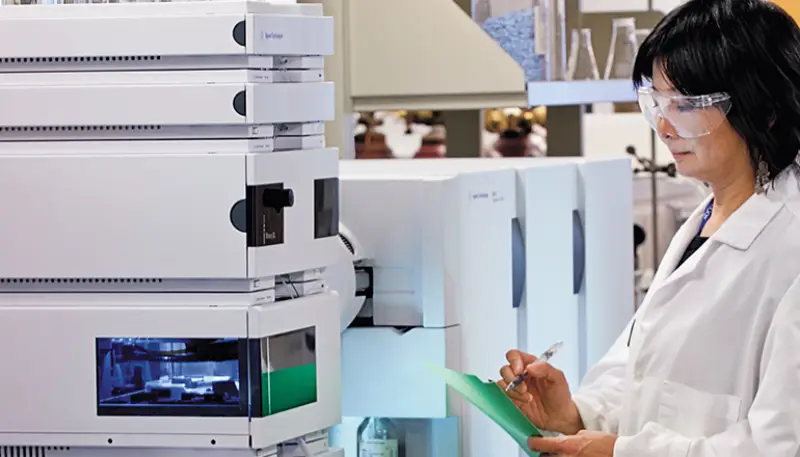
We look forward to witnessing a technological upgrading towards smarter tools and tech-enable traceability in the future.
Powerful Database
We have mentioned about food basic information from scanner, test report from food additive detector, location information from GPS tracker, temperature and humidity data from sensor and odor valve from detector. In the past, we may collect these large amounts of data by an excel form or a system on a computer and arrange someone to manage them. And, yes, we will going to talk about where the statistics of food will be uploaded and how they are organized in a smarter way.
Cloud database technology enjoys more and more importance in food safety management. All the relative data of food could be uploaded to Cloud base app, matching to the right code. Different modules and processes can be preset according to food supply chain modes or customers’ habits. Moreover, warning lines could be preset for every index so as to send a warning reminder when contamination occurs. This promotes food safety management not only in tracing but also in precaution, saving labour-cost and time.
Last but not least, all the data is accessible from Cloud base app via wifi by phone, company and ipad any time any where. This brings lots of convenience for users. By the way, if you are worried about data privacy and security, you can limit access of specific crowd.
Smart food safety device
In the future, the food cleaner will be smarter with a built-in microcomputer. For example, it is capable of different cleaning solutions for different food.
The most common contamination on fruit is pesticide, while meat is usually injected hormone. For seafood, heavy metal is the main source of pollution. Shellfish is very hard to clean because it swallows lots of sand between its two shells. The fruit coated by pesticide, meat injected hormones, seafood polluted by heavy metal, shellfish swallowed lots of sand. Cereal is likely to get moldy.
Smart food cleaner has different cleaning modules based on different food. What you need to do is just putting food into the machine and selecting type of food. Skipping the process of learning food contamination knowledge, thinking about solutions and taking action by your hand, you can get safe food with a smart cleaner. It is very effective, reliable and labor-saving.
Built-in microcomputer can also apply to food additive detectors and other food safety machines.
Conclusion
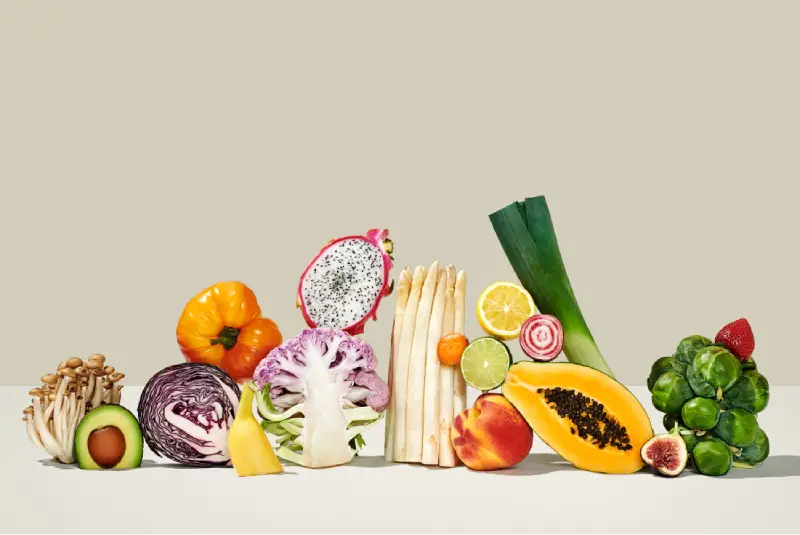
Food safety technology is really conductive to ensure healthy diet. We are pleased to devote ourselves to medtech to spread health around the world. If you are, don’t hesitate to click here to contact us.
Continue reading as follows

